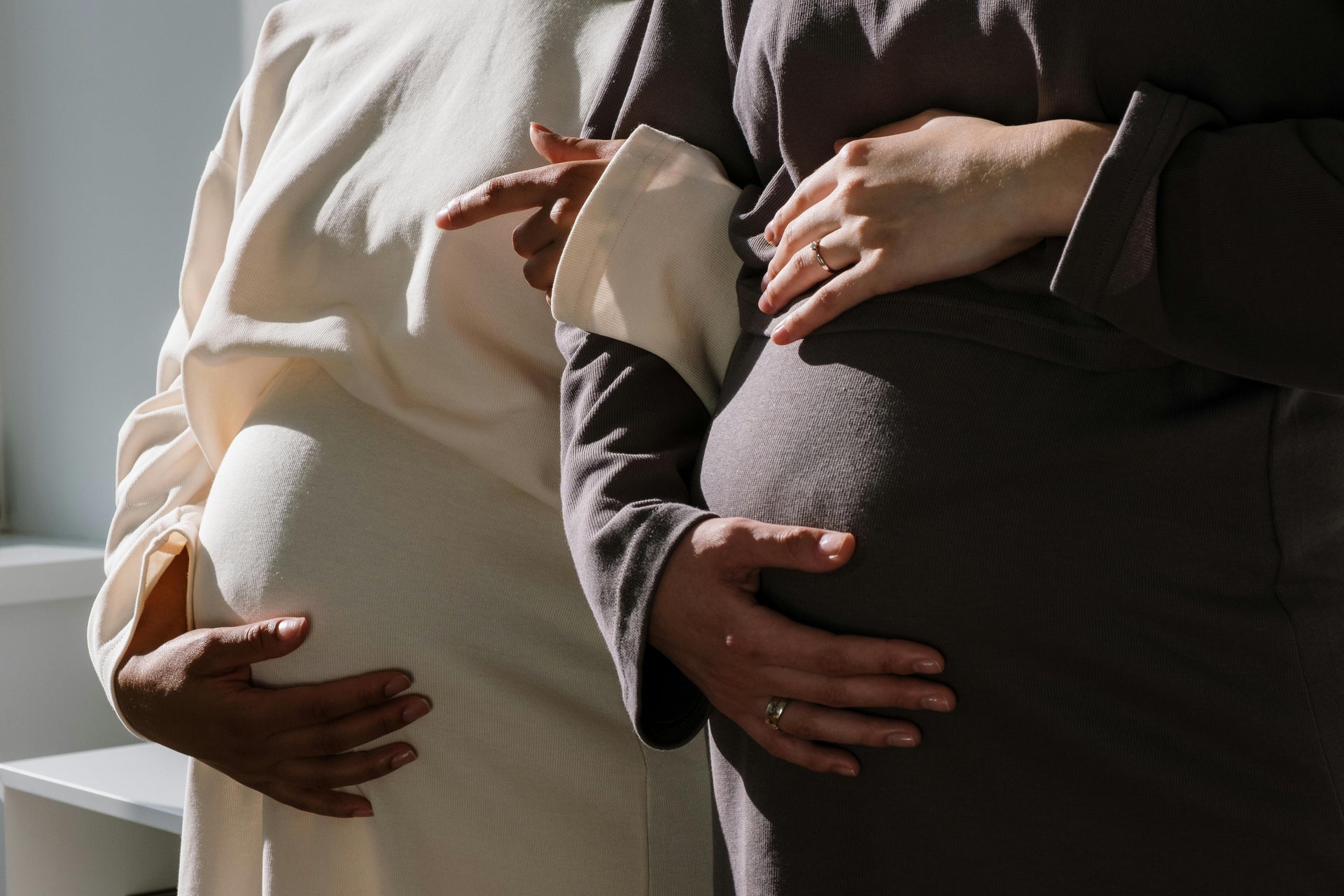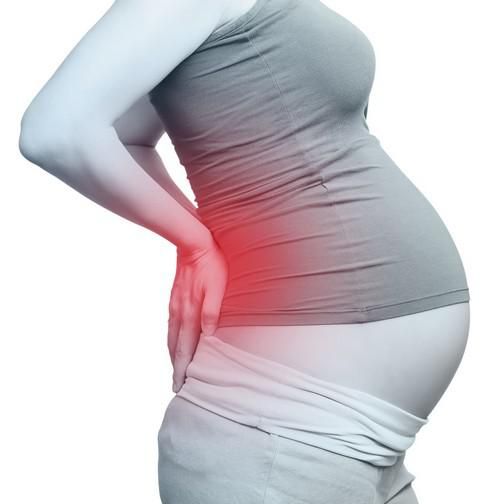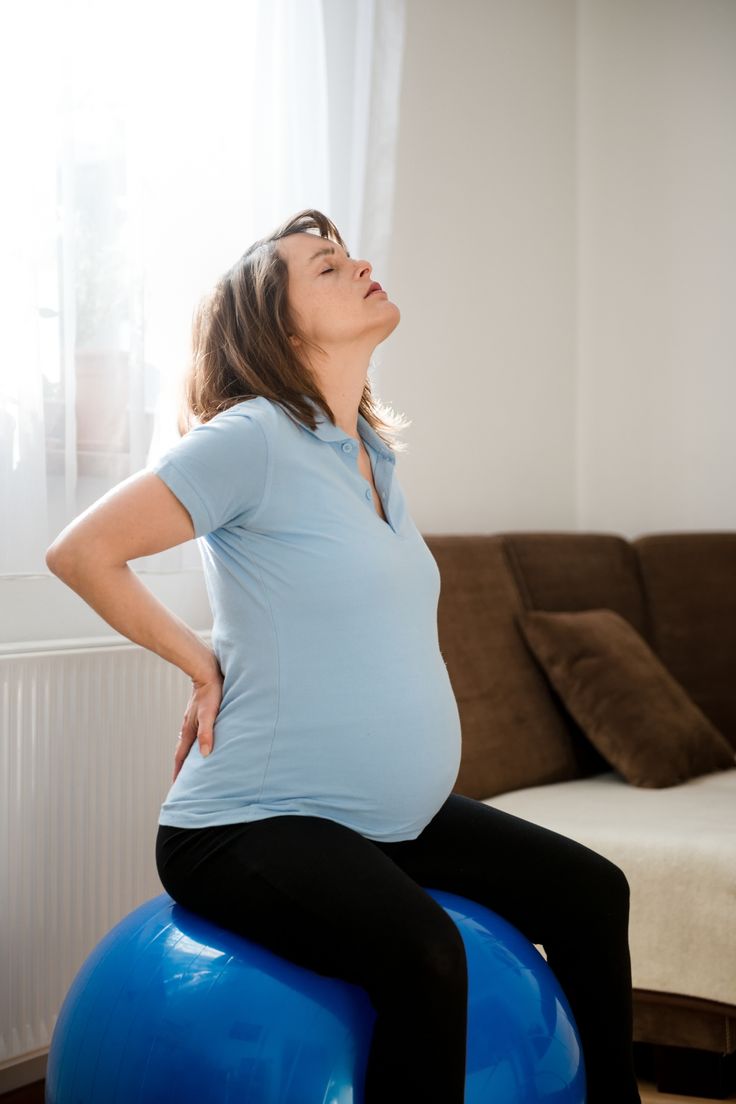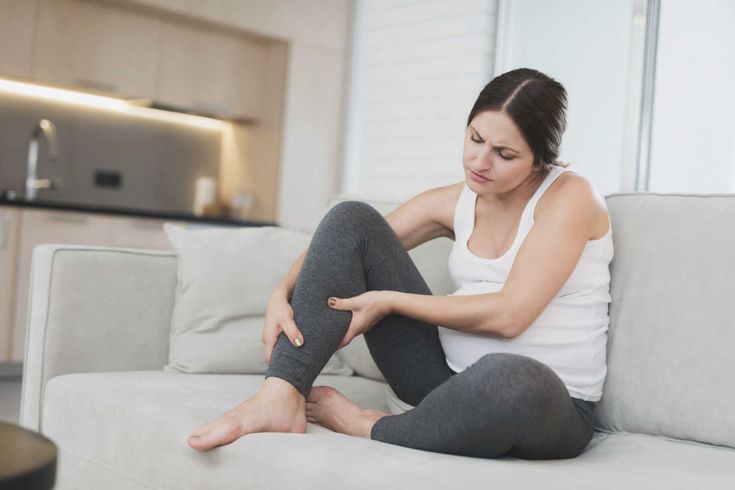Biomechanics of Pregnancy
by Laura Barrett

There are profound anatomical and physiological changes that occur during pregnancy, mainly due to the growing uterus and hormonal changes. These changes will affect the woman’s posture, balance, walking and movement patterns potentially increasing the chance of discomfort and falling.Let’s look at the key areas of change.

The Chest Wall
The diaphragm elevates about 4 cm due to the enlarging uterus increasing the abdominal pressure. The circumference of the lower rib cage also increases about 5 cm. The average angle of the ribs at the level of the breast bone increases from 68.5° at the beginning of pregnancy to 103.5° at term due to the progressive relaxation of the ligamentous attachments of the ribs. These changes can cause rib pain during the pregnancy. The changes can persists for months after the end of pregnancy, until the uterus returns to it’s normal size. It’s why some of your clothes still don’t do up postnatally even though you have lost weight!

The Abdomen
The abdominal muscles lengthen their fibres up to 115%, changing their line of action, altering their angle of insertion and reducing their thickness. The consequences are compromised functional ability, reduced ability to rotate and reduced ability to stabilise the pelvis against resistance.

The Spine
To accommodate the growing foetus and to compensate for the shift in the centre of gravity, the pelvis tilts forward resulting in an increased inward curve of the lower back (lordosis). The middle part of the back can become more rounded with the shoulder blades moving forward along with a forward head position to accommodate the growing breasts and to balance the changes in the lower spine. These spinal changes can result in the surrounding muscles becoming shortened (tight) or lengthened (weak) with can result in pain.

The Leg and Foot
Pregnant women tend to compensate for the forward shift in their centre of gravity by hyperextending (bending backwards) their knees, so that they can maintain their balance and upright posture. This change alongside the increasing ligament laxity can lead to pain or feelings of instability. Due to the biomechanical changes, weight gain and ligamentous laxity, the width and length of the foot can increase and the arch height may reduce, affecting which shoes you can wear during pregnancy and for the first few months postnatally.
The research shows that there is a huge difference in each individual's adaptations during pregnancy depending on the degree of muscle weakness or tightness, change in movement patterns and walking style, daily work postures and their level of physical activity. However, for every pregnant woman it is vital that she looks after her posture at this time, ensuring good standing, sitting and sleep postures and remains active and strong to help counterbalance all these changes.

Laura Barrett
TMP Collaborator

